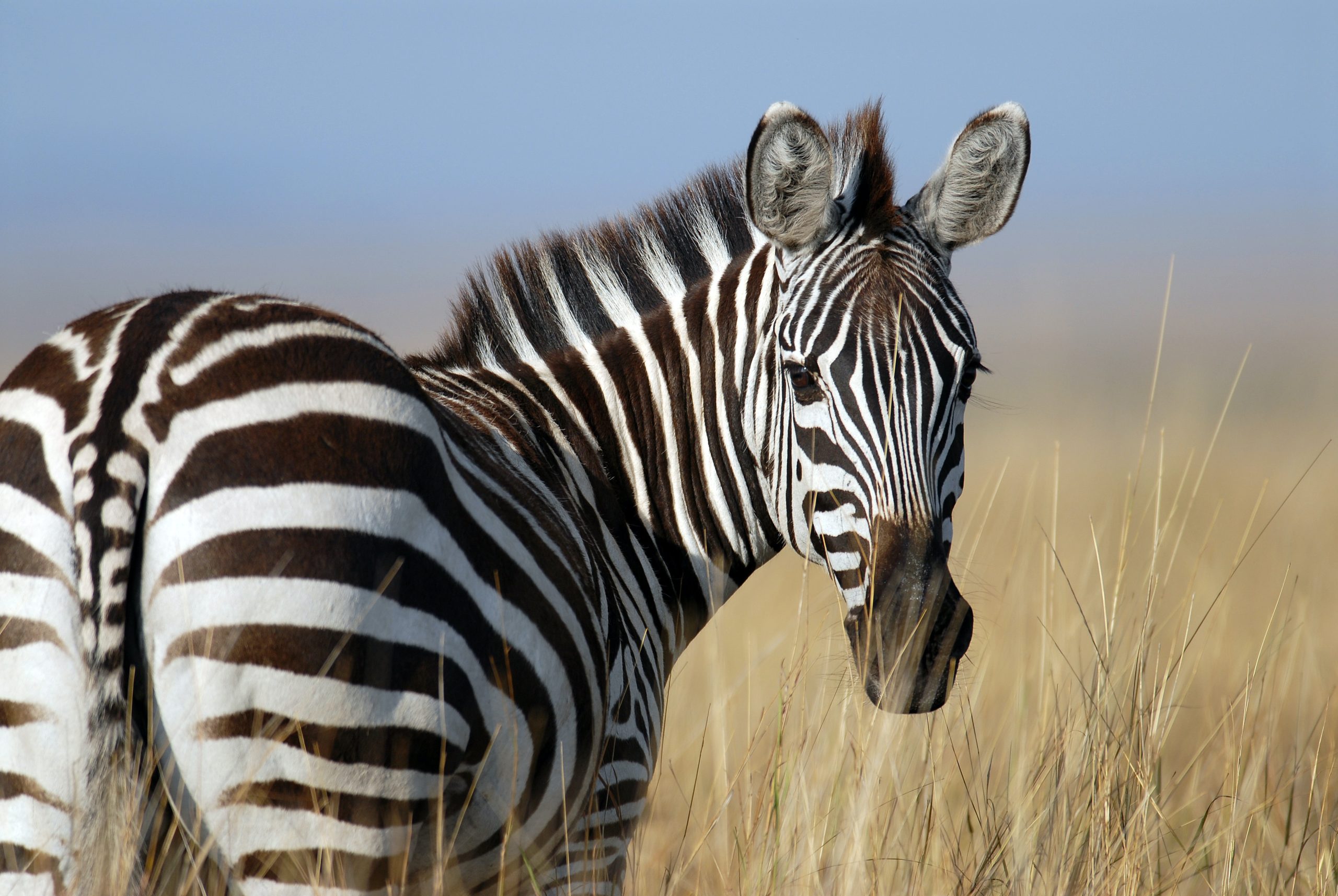- 26 April 2023
- 98
Why Are Zebras Striped?

Zebras, with their striking black and white stripes, are undoubtedly some of the most fascinating creatures in the animal kingdom. The distinctive patterns on their coats have puzzled scientists and researchers for years, leading to various theories and hypotheses about their purpose. In this article, we will explore the mystery behind why zebras are striped, and delve into the different theories proposed to explain this unique phenomenon.
One of the most widely accepted theories is that the stripes on a zebra’s coat serve as a form of protection against biting insects, such as flies and mosquitoes. It is believed that the bold black and white stripes may confuse or deter these insects, as they have difficulty landing on a moving target with a disruptive pattern. This theory is supported by studies that have shown that zebras in areas with a high density of biting insects tend to have more stripes compared to those in less insect-prone areas. Additionally, zebras have been observed engaging in various behaviors, such as rolling in the dust or standing close together, which could potentially help deter insects from landing on their bodies.
Another theory suggests that the stripes may help regulate the zebra’s body temperature. Research has shown that the black stripes absorb more heat than the white areas, creating a difference in temperature between the two regions. This temperature difference could create air currents above the zebra’s body, potentially helping to cool them down in the hot African savannah where they inhabit.
There are also theories that propose the stripes may have social or behavioral functions. For example, it has been suggested that the unique stripe pattern of each zebra serves as a form of individual identification, allowing zebras to recognize and distinguish each other within their herds. This could help with social bonding, mate selection, and group cohesion. Additionally, some researchers believe that the stripes may play a role in visual communication, as zebras use various body language and vocalizations to communicate with each other, and the bold stripes may enhance these visual cues.
Despite the various theories, the exact reason why zebras are striped remains a subject of ongoing research and debate among scientists. Studying zebras in their natural habitat can be challenging, as their behavior and ecology are complex, and there are many variables to consider. However, recent advancements in technology, such as high-resolution cameras and drones, have allowed researchers to collect more data and conduct more detailed studies on zebras and their unique coat patterns.
In addition to scientific research, cultural and traditional beliefs surrounding zebras and their stripes are also prevalent in some African communities. For instance, some African tribes believe that the stripes of zebras represent the balance between light and darkness or good and evil, and they hold spiritual significance. These cultural beliefs highlight the importance of zebras in local communities and their significance beyond the scientific realm.
As a journalist, it is crucial to verify information and uncover reliable sources when reporting on scientific or controversial topics like the mystery behind zebra stripes. It is essential to rely on peer-reviewed scientific studies, expert opinions, and credible sources to provide accurate and reliable information to readers. Adhering to journalistic ethics, such as fact-checking, avoiding sensationalism, and presenting a balanced view, is vital to maintaining the integrity of the news.
In conclusion, the question of why zebras are striped remains a captivating mystery that continues to intrigue researchers, scientists, and nature enthusiasts alike. While there are several theories proposed to explain the purpose of their unique coat patterns, no consensus has been reached. Whether it is for protection against biting insects, temperature regulation, social communication, or a combination of factors, zebras and their stripes continue to be a subject of fascination and wonder. As we continue to uncover the secrets behind their striking appearance, the mystery of why zebras are striped will undoubtedly.

